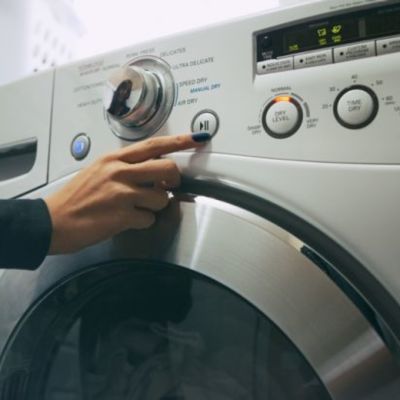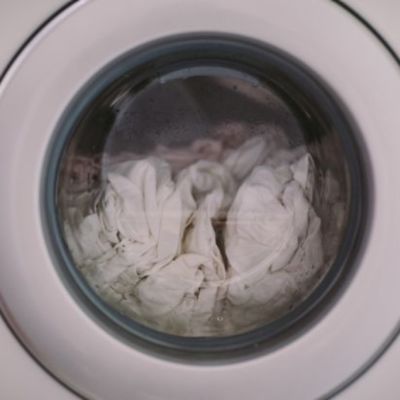How to choose a washing machine and use it properly
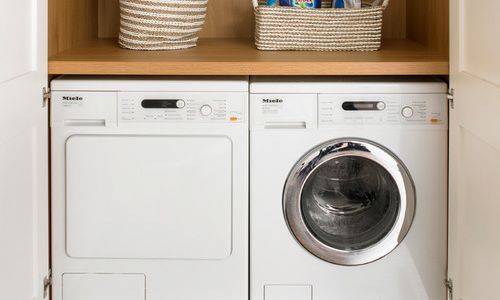
The humble washing machine might be viewed as more of a necessity than an item that sparks joy, but the laundry staple represents a significant financial investment.
So how do you get the most out of your purchase – and how do you make sure it doesn’t break down and doesn’t damage your clothes?
The first step is to make sure you’re buying the right kind of white good for your needs, starting with choosing between a top loader and a front loader.
Choose the right machine
Ashley Iredale, from consumer advocacy group Choice, said that this top-versus-front loader issue was the big question that faced most buyers.
“We’ve found that front loaders are typically a bit more expensive, but do tend to wash better,” he said, adding they were gentler on clothes.
Front loaders were also considered more water-efficient, but were also much heavier, which could be a factor if you need to move them around, or up and down stairs.
Mr Iredale said it was important to think about the features you would actually use, rather than opting for technology such as web-connectivity.
“They all come at a cost and if you’re not going to use them, you’re better off not paying for it,” he said.
While it’s possible to buy a washing machine with up to an 18-kilogram capacity, he said, most Australians only wash about 3.5 kilograms of clothing at a time.
Appliances Online’s category expert Jay Coleing said front loading machines were proving particularly popular.
“You don’t find people going from a front loader to a top loader,” she said.
She suggested considering what kinds of clothes would be washed the most frequently. Buyers who did frequent delicates or woollen loads, for example, might be better choosing a machine with a greater range of specialised cycles.
Steam cycles were also popular, she said, because they could be used for refreshing silk items that did not necessarily need washing after each wear.
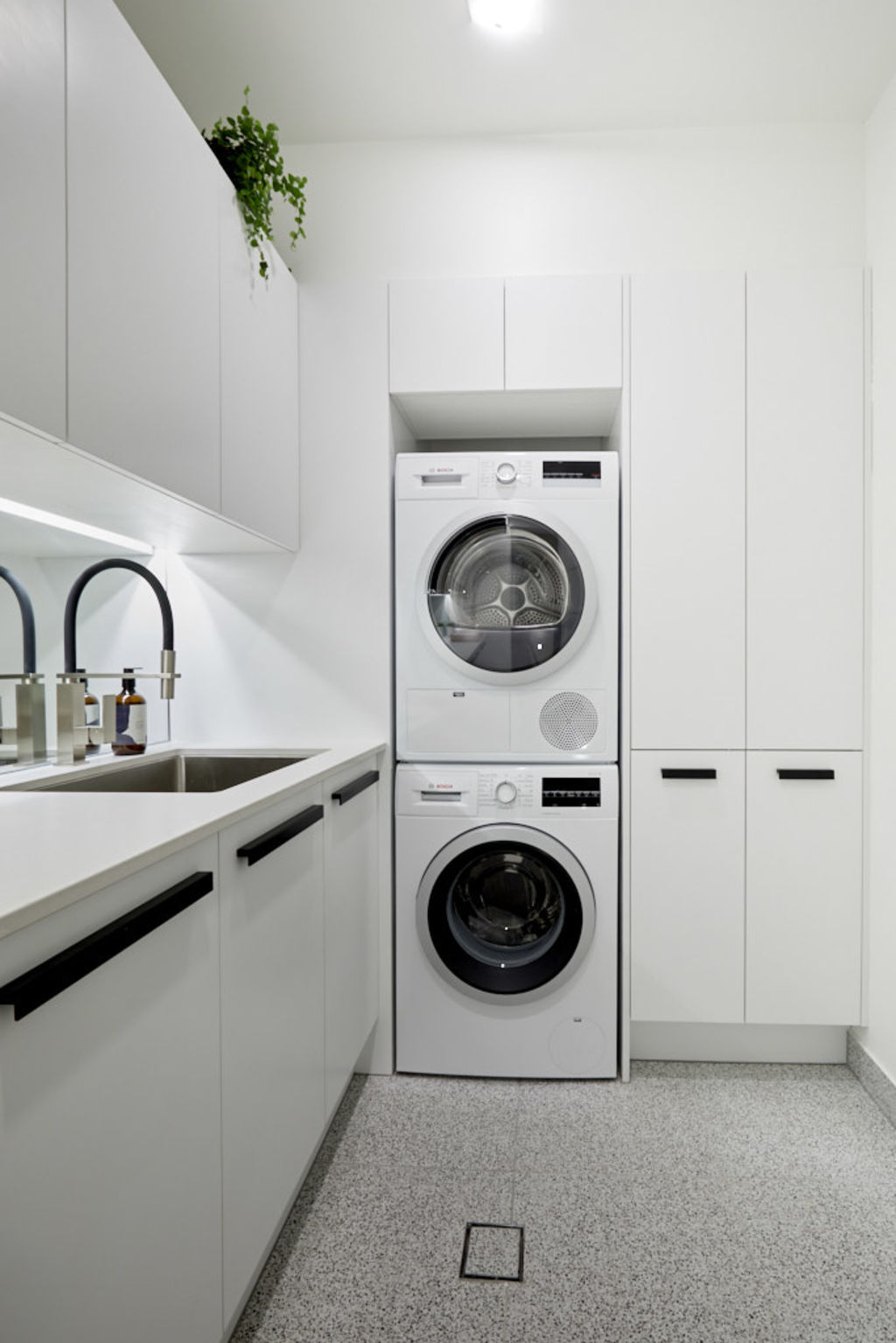
Is it worth spending more?
Canstar Blue editor Simon Downes said its research had shown that consumers who spent a bit extra on premium brands tended to be more satisfied than those who went for the cheapest option.
“The consistent thing over the years is that the premium brands really do come out on top,” he explained. “Which says to you that it probably is worth investing a little bit extra.”
He said while consumers were attracted to an initial upfront saving, satisfaction was generally driven by how well the machine performed and how reliable it was – which they were reminded of every time they used it.
“The price aspect becomes less important over time,” he said. “You’ll soon forget how much you paid.”
Getting value for money
Mr Iredale said the single biggest cost of running a washing machine was simply the detergent and, generally speaking, it was best to aim to only run the machine when it was full.
“It’s less washing liquid overall, less water, less electricity, and less wear and tear,” he said.
Heating the water was the next biggest costs, and many consumers now stick to cold, where possible.
“Most Australians wash in cold water now,” said Mr Iredale. “While you do get slightly better performance from a hot wash, the modern enzyme-based detergents get a much better results from cold water.
“Most of the front loaders will have a built-in water heater and that means for a hot wash, a front loader is more energy efficient – unless you have solar hot water.”
The energy rating sticker includes heating the water for hot wash, he said, and if you do have a solar hot water system and you are washing in a hot wash, your machine will use less energy than it states.
Ms Coleing agreed cold washes were far more energy efficient, and many machines came with an “eco mode” – although often people didn’t really understand how they worked.
“It’s not quicker; it actually has a lot longer run time,” she said. “But it’s at a much lower cost. The quick washes aren’t always energy efficient.”
She also added that while it was tempting to fill a machine to absolute capacity as a “full load”, it didn’t result in the best wash.
“Shoving all the laundry right to the top … is not going to do a proper clean at all,” she said. “The rule of thumb is for a front loader, you can put your arm in and push down comfortably, that is the maximum load.”

Make sure it doesn’t break down
Maurice Nikoloski, from the Mobile Appliance Repair Centre in Sydney, said that other than faulty components, the most common issues he saw were blockages caused by foreign bodies, and oversudsing.
Using incorrect detergent or too much detergent can cause the machine’s water measuring device to give an incorrect reading, leading to the machine flooding or leaking, he said.
“The biggest mistake people make is using too short a wash cycle,” Mr Nikoloski said. “They don’t understand that the detergents are chemical, and those chemicals need a specific amount of water and time for them to do their job.”
Running quick or short cycles and overdosing on washing detergent could cause mould and bacteria to grow because the excess detergent didn’t break down, instead accumulating into a kind of glue — scrud is the technical term — that would build up in the machine.
Ideally, use less detergent and run the machine on longer cycles, he explained.
Mr Nikoloski said it was crucial to read the manual that comes with a machine, and regularly run the machine’s cleaning cycle if it had one. Descaling products available from most supermarkets and laundry sanitisers could also be used.
It was also important to ensure nothing was caught between a front loader’s glass door and the seal, because it would be dragged through when the cycle started, potentially damaging the seal and leading to leaks.
Mr Iredale agreed the most important thing to do for your washing machine was to keep it clean, especially if you regularly use fabric softener.
“If your machine has a cleaning cycle, use it,” he said. “Otherwise run the occasional empty wash with a good quality detergent.”
Lint filters should be regularly cleaned out, he said, and detergent dispensers should also be removed for a regular going-over.
Front loading machines, in particular, should have the door left ajar to let the machine air and reduce the likelihood of mould build-up.
Ms Coleing said DIY installation of front-loaders could also cause another issue.
“People don’t read the manual and don’t remove the transit bolts,” she explained. “If they aren’t removed, the machine will jump around so much that it causes complete internal damage – and it can damage laundry walls.
“It will almost guarantee that it will ruin the machine.”
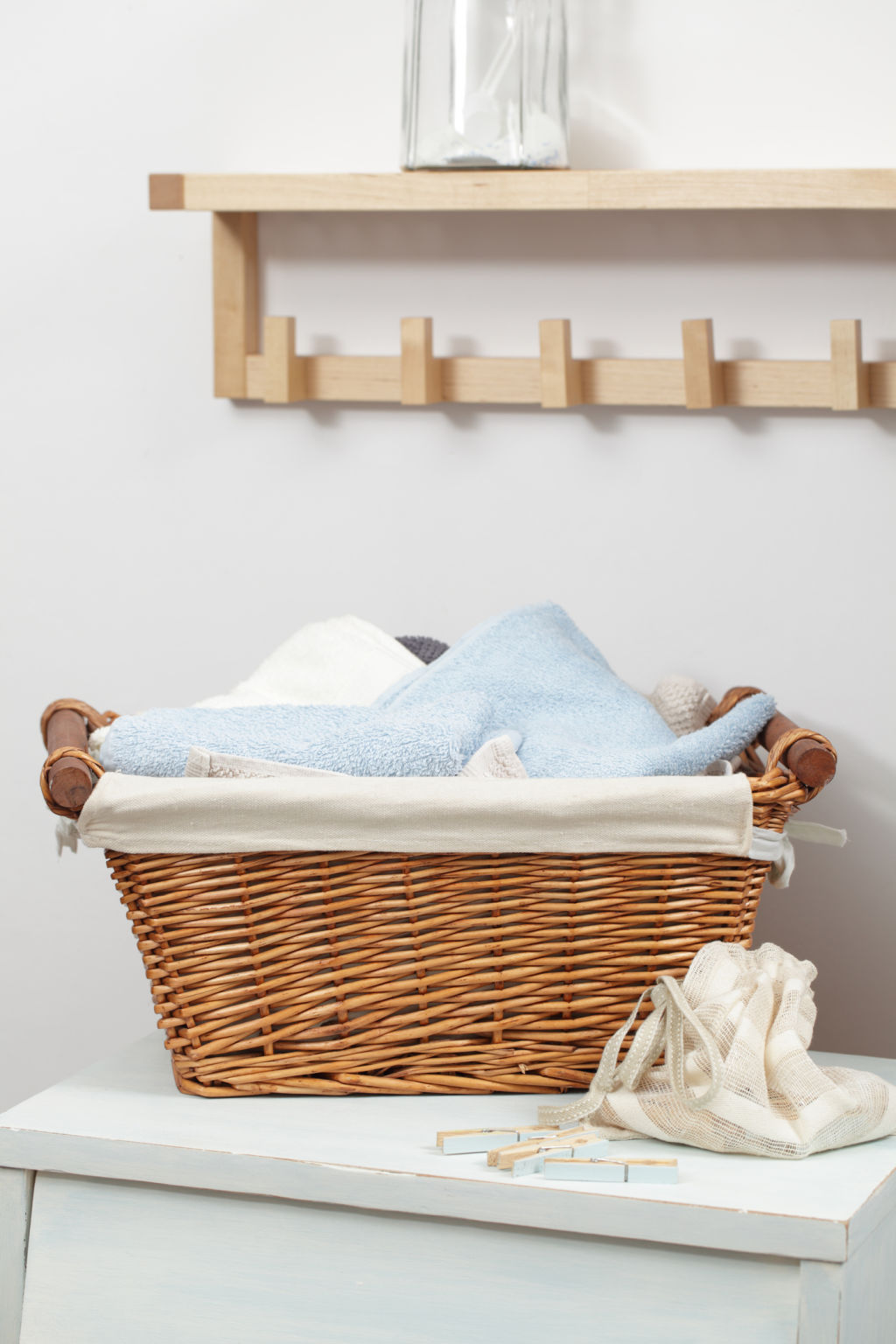
How to tell when something is wrong
Mr Nikoloski said aside from a bad smell from mould or bacterial build-up, unusual noises were a warning sign.
“Noises are important,” he said. “Because sometimes the noise could be something just caught where it shouldn’t be, and if that isn’t addressed can lead to bigger damage.”
Leaks should be addressed, he said, because they could lead to rust and damage to the machine’s electronic components.
Mr Iredale said excessive vibration and noise when the machine was in use could be the sign of an unbalanced load or, more worryingly, an indication that the motor was on its way out.
He said common points of failure were control circuits or drive belts, which could be replaced quickly and cheaply, while inlet hoses could deteriorate and burst, and motors and pumps could burn out.
Ms Coleing said “any water leaking from any part of the machine” was “never a great sign”.
“If it’s coming from the taps, then it’s not a problem with the machine itself,” she said. “It’s more likely to be the rubber washers inside the taps themselves.”
How long should a washing machine last, anyway?
“It’s a bit of a grey area,” said Mr Iredale. “We estimate between 10 and 15 years in an acceptable lifespan for a washing machine.
“That is an average – people might find theirs breaks down a lot sooner, or lasts a lot longer” he said, and pointed out that under Australian consumer law, a washing machine should last a reasonable length of time, irrespective of the terms of the warranty.
Mr Nikoloski thought that most machines would need fixing within the first 10 years.
“Regardless of the brand, most products will give you some degree of issue between four and seven years,” he said.
He added that when it came to the cost of repairs, the main difference between brands was the price of the spare parts.
What about washer-dryer combos?
Washer-dryer combos were worth considering if you only use a dryer occasionally, and you’re very short on space, said Mr Iredale.
“We have found that they typically wash the same as a front loader, but drying capability leave much to be desired,” he said.
The machines were also more complicated, which meant more could go wrong, and they used a lot of water in the drying process.
“They are good for people who are limited for space – otherwise they are not good at all,” Mr Nikoloski said. “The drying assembly is so small that it takes anywhere from three to five hours to dry a load.”
He said they could only dry half a load at a time, which many people didn’t realise, leading to machine overload.
We recommend
We thought you might like
States
Capital Cities
Capital Cities - Rentals
Popular Areas
Allhomes
More

